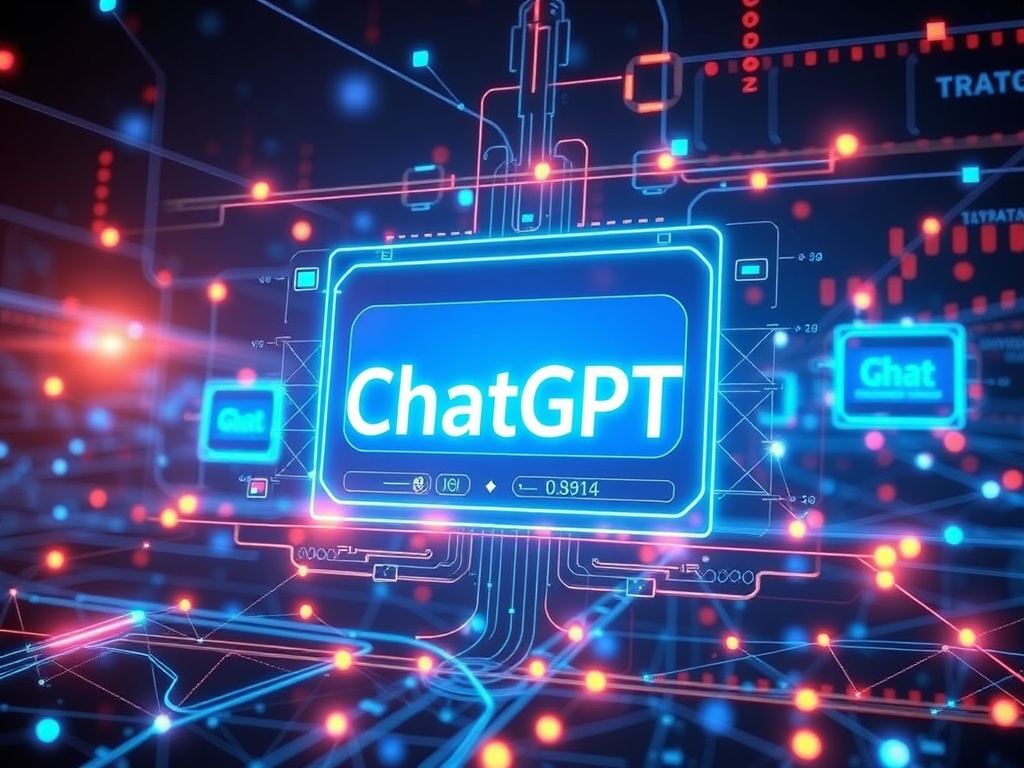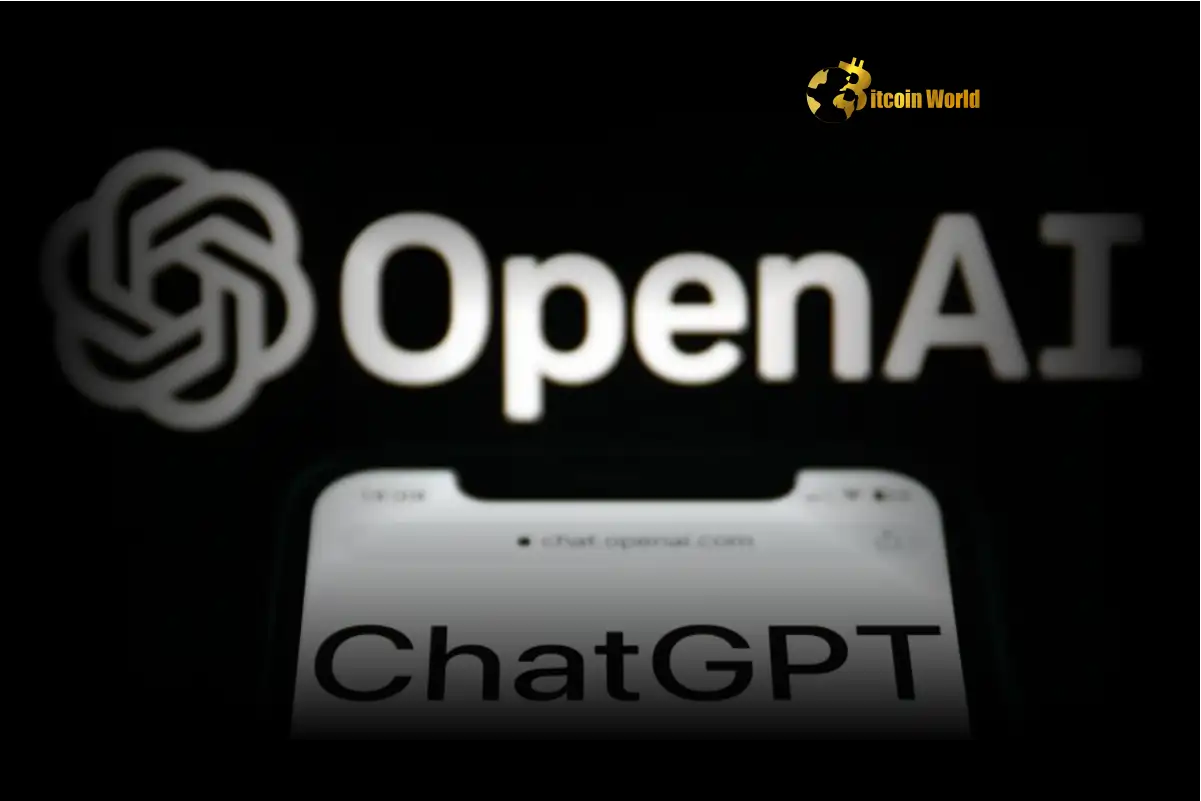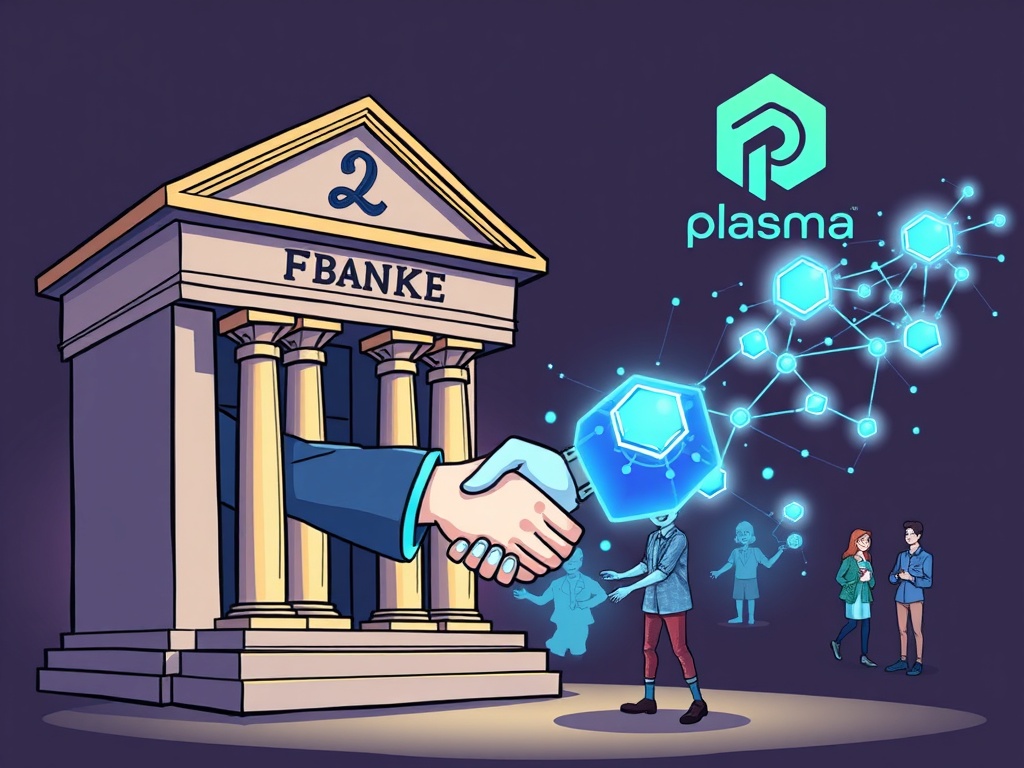BitcoinWorld

ChatGPT: Unleashing the Phenomenal Evolution of OpenAI’s AI Chatbot
In the rapidly evolving world of technology, where digital currencies and decentralized systems are reshaping finance, the emergence of advanced artificial intelligence like ChatGPT stands as another monumental shift. Since its launch in November 2022, OpenAI’s text-generating AI chatbot has not just supercharged productivity but has also become a focal point for discussions across industries, including the tech and crypto communities. What began as a tool for writing essays and code with simple prompts has expanded into a powerhouse with hundreds of millions of weekly active users, continually redefining human-computer interaction and setting new benchmarks for innovation.
Understanding ChatGPT: A Global Phenomenon
ChatGPT quickly moved beyond its initial role as a simple productivity enhancer. Its ability to generate human-like text, answer complex questions, and even draft creative content made it an indispensable tool for many. From its humble beginnings, the chatbot’s user base exploded, reaching 300 million weekly active users and later accelerating to nearly 700 million by August 2025. This remarkable growth underscores its widespread adoption and impact across various sectors. The application has become a daily companion for learning, creation, and problem-solving, cementing its status as a foundational technology in the AI landscape.
The Evolution of OpenAI: Strategic Shifts and Milestones
The year 2024 marked a pivotal period for OpenAI, characterized by significant partnerships, product releases, and internal restructuring. A landmark collaboration with Apple introduced its generative AI offering, Apple Intelligence, integrating OpenAI’s capabilities into a broader ecosystem. The release of GPT-4o, with its advanced voice capabilities, further showcased the company’s commitment to multimodal AI. Additionally, the highly anticipated text-to-video model, Sora, hinted at OpenAI’s ambitions beyond text generation. However, this period was not without its challenges. The company navigated internal drama, including the notable departures of high-level executives like co-founder Ilya Sutskever and CTO Mira Murati. Legal battles also emerged, with copyright infringement lawsuits from Alden Global Capital-owned newspapers and an injunction from Elon Musk to halt OpenAI’s transition to a for-profit entity. In 2025, OpenAI continues to face intense competition, particularly from Chinese rivals like DeepSeek, prompting efforts to strengthen relationships with Washington and pursue ambitious data center projects, reportedly laying the groundwork for one of history’s largest funding rounds.
Unpacking Key AI Models and Features
OpenAI’s rapid development cycle has seen the introduction and refinement of several sophisticated AI models, each bringing new capabilities to ChatGPT. The progression from GPT-4o to the highly anticipated GPT-5 illustrates the company’s relentless pursuit of more intelligent and versatile AI. Here’s a look at some of the significant model updates and features:
- GPT-5: Unveiled in August 2025, GPT-5 is designed to be smarter and more useful, capable of handling complex tasks like coding applications, managing calendars, and creating research briefs. It introduces “Auto,” “Fast,” and “Thinking” modes, allowing users greater control over response generation. Despite its launch, OpenAI continues to offer legacy models like GPT-4o and GPT-4.1, catering to diverse user needs.
- GPT-4.1 Series: Launched in April 2025, the GPT-4.1, GPT-4.1 mini, and GPT-4.1 nano models specifically focus on coding capabilities, rivalling other advanced programming models in the market.
- O Models (o3, o3-pro, o3-mini): These reasoning models, introduced throughout 2025, focus on delivering consistently better responses through increased computing power and improved thought processes. They integrate with ChatGPT features like web browsing, coding, and image processing.
- Multimodal Capabilities: ChatGPT has seen significant upgrades in its multimodal features. The image generation tool, upgraded in March 2025, allows direct image creation and editing. The conversational voice mode has also been enhanced for more natural and fluid interactions, now widely accessible across various user tiers.
- Specialized Agents and Features: OpenAI has introduced specialized AI agents like Codex for coding, Operator for autonomous task execution (e.g., booking travel, online shopping), and Deep Research for in-depth information gathering. New features like “Study Mode” and “Study Together” aim to promote critical thinking and collaborative learning, while business integrations (Google Drive, Box, meeting recordings) enhance enterprise utility.
- Accessibility and Personalization: Features like phone number-only signups and the ability to assign traits (e.g., “chatty,” “Gen Z”) to the chatbot aim to make ChatGPT more accessible and personalized for users.
Navigating the AI Race: Challenges and Ethical Considerations
The intense AI race has brought both rapid innovation and significant challenges for OpenAI. Competition from major tech players like Google and Anthropic, alongside emerging rivals such as DeepSeek, pushes the company to continuously evolve. OpenAI has strategically started using Google’s AI chips, diversifying its hardware reliance beyond Nvidia. The company has also returned to open source with models like gpt-oss-120b and gpt-oss-20b, a move that could foster broader adoption and community development amidst calls for more open technology.
However, the rapid deployment of AI also raises crucial ethical and safety concerns:
- Data Privacy and Accuracy: OpenAI has faced privacy complaints, particularly in Europe, regarding the chatbot’s “hallucinations” and potential for defamatory content. The company’s data retention policies for deleted chats, especially for tools like Operator, have also drawn scrutiny.
- Impact on Critical Thinking: A new MIT study suggested that heavy reliance on ChatGPT might be harming critical thinking skills, showing minimal brain engagement in users compared to traditional research methods.
- Content Moderation and Misuse: Issues have arisen concerning the chatbot’s ability to generate inappropriate content for minors or provide instructions for harmful substances, prompting OpenAI to deploy fixes and revise its content moderation policies, particularly for image generation.
- Copyright Concerns: The widespread creation of AI-generated content, such as Studio Ghibli-style images, has reignited debates and lawsuits concerning copyright infringement, as AI models are trained on vast datasets that may include copyrighted material without explicit authorization.
In response, OpenAI is focusing on shoring up its infrastructure and global presence. Programs like “OpenAI for Countries” aim to develop local AI infrastructure, increase data center capacity, and customize products to meet specific language and local needs, expanding its Project Stargate globally. The company also rolled out safeguards against biorisks for its reasoning models, demonstrating an awareness of potential misuse.
Looking Ahead: The Future of GPT-5 and Beyond
The launch of GPT-5 marks a significant milestone, positioning ChatGPT for even more advanced applications. Sam Altman, OpenAI’s CEO, envisions a future where ChatGPT becomes deeply personalized, capable of tracking and remembering every detail of a user’s life to provide tailored assistance. This ambitious goal hints at a future where AI agents seamlessly integrate into daily routines, handling complex workflows autonomously.
OpenAI is also exploring new frontiers beyond the chatbot interface. Reports suggest plans for an AI-powered web browser, potentially challenging established players like Google Chrome by keeping user interactions within the ChatGPT ecosystem. Furthermore, the company is reportedly in early stages of developing its own social media network, aiming to compete with platforms like X and Instagram. While the exact pricing and launch dates for specialized AI “agents” (ranging from $2,000 to $20,000 per month for high-income knowledge workers and PhD-level research support) remain speculative, they indicate OpenAI’s strategy to generate substantial revenue to offset operational costs and fuel further research. Despite capacity challenges and occasional product delays due to immense demand, OpenAI’s trajectory points towards continued innovation, pushing the boundaries of what AI can achieve.
From its initial debut as a revolutionary text generator to its current state as a sophisticated, multimodal AI, ChatGPT has undergone a phenomenal transformation. Driven by OpenAI’s relentless innovation and strategic responses to market demands and ethical challenges, the chatbot continues to evolve at an astonishing pace. As OpenAI pushes the boundaries with advanced AI models like GPT-5 and navigates the complexities of the global AI race, its influence on productivity, communication, and the broader digital landscape is undeniable. The journey of ChatGPT reflects not just technological progress but also the ongoing dialogue about AI’s role in society, promising a future where intelligent agents become increasingly integrated into our lives.
To learn more about the latest AI market trends, explore our article on key developments shaping AI models’ features.
This post ChatGPT: Unleashing the Phenomenal Evolution of OpenAI’s AI Chatbot first appeared on BitcoinWorld and is written by Editorial Team





